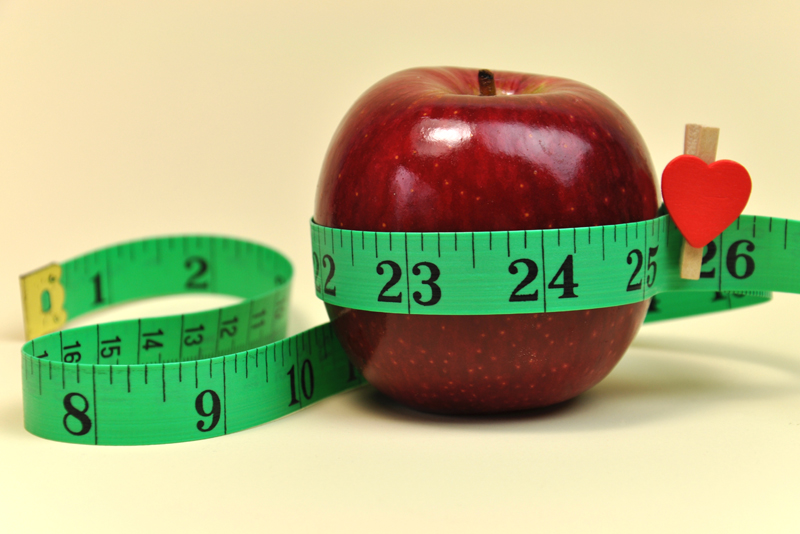Do Fat Cells Die or Multiply

Fat cells can seem like mysterious objects. They store fat in our bodies. But do we have a set number from birth? Do they ever die? Here is how fat cells work.
 First, let's talk about cells in general. Cells are tiny units in our body's structure that help make up our body's shape and size. There are different kinds of cells that perform different functions. There are muscle cells that stretch, fat cells that hold fat, blood cells that transport oxygen, and so on. These cells are not eternal. They wear out over time and get replaced by a new one. One of the only cell types that do last a lifetime is a brain cell. Modern research has shown that you can make new brain cells under some circumstances - but that in general the brain is meant to last a lifetime. You start training it as an infant, and those same cells are doing their job in your 70s and 80s.
First, let's talk about cells in general. Cells are tiny units in our body's structure that help make up our body's shape and size. There are different kinds of cells that perform different functions. There are muscle cells that stretch, fat cells that hold fat, blood cells that transport oxygen, and so on. These cells are not eternal. They wear out over time and get replaced by a new one. One of the only cell types that do last a lifetime is a brain cell. Modern research has shown that you can make new brain cells under some circumstances - but that in general the brain is meant to last a lifetime. You start training it as an infant, and those same cells are doing their job in your 70s and 80s.
On the other extreme, your blood cells work hard every day moving oxygen around. So they only go about four months before they are replaced with new ones.
Fat cells are somewhere in the middle. Studies seem to indicate that your average fat cell goes about ten years before it gets replaced. The overall number of fat cells in your body stays fairly constant, although your body can be prodded into creating new fat cells in certain circumstances. When that happens, the body stays with its new number. It never seems to think about "killing off" fat cells that it has. They simply get replaced in their normal cycle.
So, for example, a Swedish study in 2008 looked at people who had undergone stomach stapling style of surgery. They counted their fat cells before and after the surgery. One would think, if a body was likely to drop off fat cells as unnecessary, that it would definitely happen when a body went from 500 pounds to 200 pounds. But the researchers found instead that the new thinner people had the same number of fat cells as they used to have. The fat cells were now simply much smaller.
Research by Tchoukalova in 2010 found that it could even depend on where the fat cells were located. Fat cells in the upper part of the body, when over-fed, grew larger but did not split. Fat cells in the lower part of the body would split - meaning the total fat cell count would increase.
A fascinating study in 2011 involving liposuction had a group of subjects remove nearly 6 pounds of fat cells from their thighs. A year later, the group had pretty much all gained that weight back - but now the fat was in their upper body where there were functional fat cells still waiting to be used. Their bodies found a new balance.
I'm sure future research will find even more fascinating news about these intriguing little cells!
This also relates to the idea of your body's Weight Set Point

Lisa Shea's Library of Low Carb Books
 First, let's talk about cells in general. Cells are tiny units in our body's structure that help make up our body's shape and size. There are different kinds of cells that perform different functions. There are muscle cells that stretch, fat cells that hold fat, blood cells that transport oxygen, and so on. These cells are not eternal. They wear out over time and get replaced by a new one. One of the only cell types that do last a lifetime is a brain cell. Modern research has shown that you can make new brain cells under some circumstances - but that in general the brain is meant to last a lifetime. You start training it as an infant, and those same cells are doing their job in your 70s and 80s.
First, let's talk about cells in general. Cells are tiny units in our body's structure that help make up our body's shape and size. There are different kinds of cells that perform different functions. There are muscle cells that stretch, fat cells that hold fat, blood cells that transport oxygen, and so on. These cells are not eternal. They wear out over time and get replaced by a new one. One of the only cell types that do last a lifetime is a brain cell. Modern research has shown that you can make new brain cells under some circumstances - but that in general the brain is meant to last a lifetime. You start training it as an infant, and those same cells are doing their job in your 70s and 80s.On the other extreme, your blood cells work hard every day moving oxygen around. So they only go about four months before they are replaced with new ones.
Fat cells are somewhere in the middle. Studies seem to indicate that your average fat cell goes about ten years before it gets replaced. The overall number of fat cells in your body stays fairly constant, although your body can be prodded into creating new fat cells in certain circumstances. When that happens, the body stays with its new number. It never seems to think about "killing off" fat cells that it has. They simply get replaced in their normal cycle.
So, for example, a Swedish study in 2008 looked at people who had undergone stomach stapling style of surgery. They counted their fat cells before and after the surgery. One would think, if a body was likely to drop off fat cells as unnecessary, that it would definitely happen when a body went from 500 pounds to 200 pounds. But the researchers found instead that the new thinner people had the same number of fat cells as they used to have. The fat cells were now simply much smaller.
Research by Tchoukalova in 2010 found that it could even depend on where the fat cells were located. Fat cells in the upper part of the body, when over-fed, grew larger but did not split. Fat cells in the lower part of the body would split - meaning the total fat cell count would increase.
A fascinating study in 2011 involving liposuction had a group of subjects remove nearly 6 pounds of fat cells from their thighs. A year later, the group had pretty much all gained that weight back - but now the fat was in their upper body where there were functional fat cells still waiting to be used. Their bodies found a new balance.
I'm sure future research will find even more fascinating news about these intriguing little cells!
This also relates to the idea of your body's Weight Set Point

Lisa Shea's Library of Low Carb Books
| Low Carb Forum Posts |
| Microwave Easy Tasty Low Carb Recipes |
| Quick No Cook Easy Tasty Low Carb Recipes |
| Fried Potatoes Linked to Higher Death Rates |
You Should Also Read:
Weight Set Point - What Is It?

Related Articles
Editor's Picks Articles
Top Ten Articles
Previous Features
Site Map
Follow @LisaLowCarb
Tweet
Content copyright © 2023 by Lisa Shea. All rights reserved.
This content was written by Lisa Shea. If you wish to use this content in any manner, you need written permission. Contact Lisa Shea for details.










